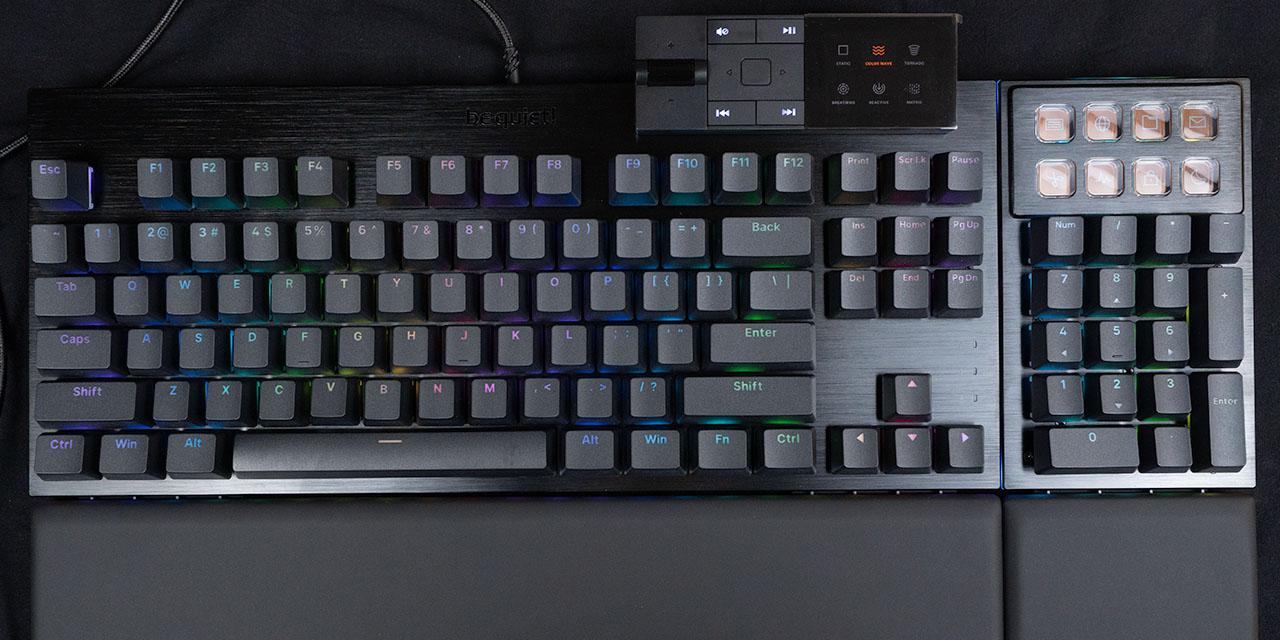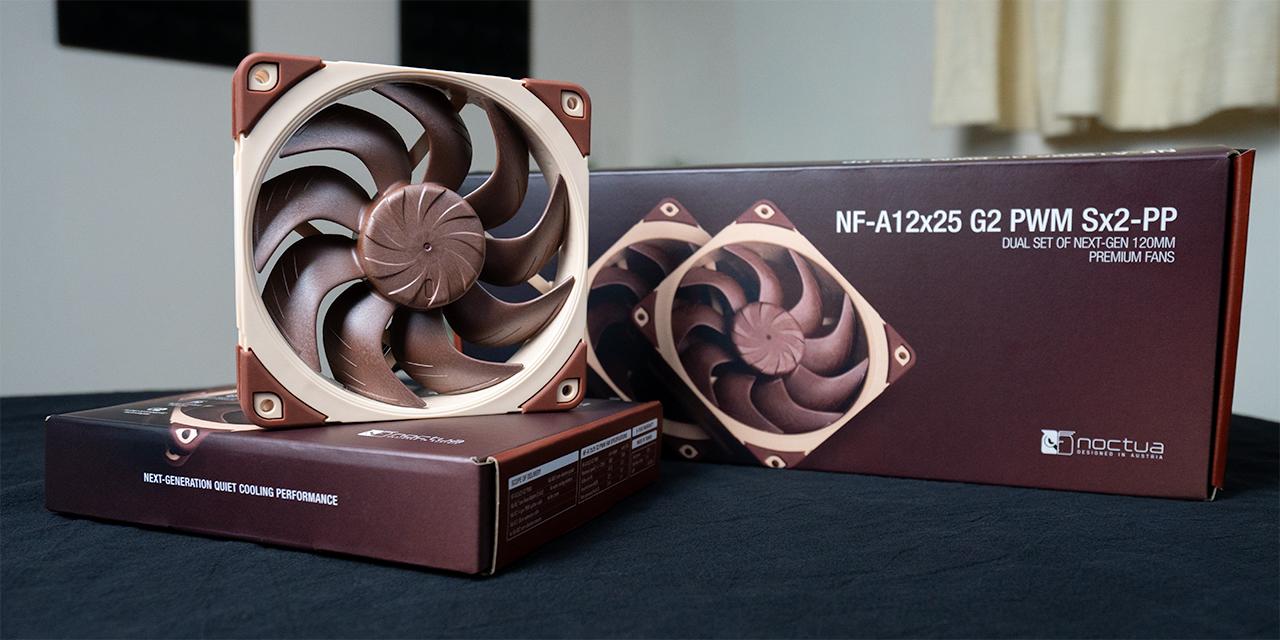Page 2 - Physical Look - Hardware

You might think we have already seen a Creative soundbar that looks like this. With its metal grille front and Creative logo on the front, this soundbar looks remarkably similar to the Stage Air V2. Of course, there are subtle differences, including a lower Creative logo. In addition, we do not have any glossy exterior around the unit, meaning it does not attract fingerprints. What is clearly similar is its size, which measures 410mm in length, 92.7mm in depth, and 73.7mm in height. Its wedge shape means the front facing portion is larger compared to the back. In terms of weight, it is 2.2lbs or 1.037kg, which is light. Unlike the Stage Air V2, this is not a portable device, as there is no internal battery. Even so, everything feels solid. The front grille does have a bit of flex if you push hard enough, but it is nothing too concerning. The rest of the body feels light but sturdy.
From the front, the first thing you will notice when the Creative Sound Blaster GS3 is powered on is a small LED on the right side. At first it will glow red, indicating there is power but it is turned off. Once powered on, it will then glow either blue, green, or purple, depending on the input selected. Blue is for Bluetooth, and it blinks until a connection is established with the soundbar. Green indicates an AUX connection, while purple indicates the USB connection. Finally, it will blink when you change the volume or enable SuperWide. Behind the front grille, there are a pair of racetrack drivers. Together, they output 12W RMS and a peak power of 24W. They have a frequency response of 65Hz to 20kHz and a signal-to-noise ratio of 85dB. We will see how these specifications affect our listening experience on the next page of our review.

Flipping to the right side, we can see all the user buttons to make changes with the Creative Sound Blaster GS3. In the middle, we have a large knob that has multiple functions. To power on or off the sound bar, you can press this knob for a couple of seconds until the front LED flashes. While it is on, pressing the button will also toggle muting. The knob then spins so you can change the volume. When you are connected to your computer over USB or Bluetooth, this will change the device's volume. When connected with the 3.5mm audio connection, this volume will act independently of the source. There are three more buttons around the knob. At the top, we have a button to cycle between the inputs. Also, this acts as the Bluetooth pairing button when the Bluetooth input is selected. Next, we have a button that is labeled SuperWide. This enables a virtual effect to make the sound wider and create a larger soundstage than normal. At the bottom, we have a button for the RGB under glow lighting. This cycles through multiple effects.

As for the connections, there are a few to mention. Behind the knob, but still on the side of the Creative Sound Blaster GS3, there is a 3.5mm connection for you to plug your headphones in. Once you do so, the sound will be directed to your headphones rather than through the drivers. At the back, there is a USB Type-C input, which lets you power and connect your PC or other devices for sound output. Above this is an AUX input to connect to devices that might not have a USB Type-C connection. This is important, given the only cable included is USB Type-C to Type-C.
The only input to the Creative Sound Blaster GS3 without a physical connection is Bluetooth, as this soundbar supports Bluetooth 5.4. Protocols supported over Bluetooth include A2DP. For Bluetooth audio, only the SBC codec is supported. SBC, or Subband Coding, is the default Bluetooth audio codec with good audio quality and low processing power requirements. I wish aptX, AAC, or LDAC codecs were supported for better audio quality.

From the bottom, we have two wedged feet that direct the Creative Sound Blaster GS3 a bit higher. Given this is going to sit under a monitor, this inclined bottom makes a lot of sense. The wedged feet are made of rubber and work well in ensuring the soundbar does not move on its own. Something that is hidden on the back of the Sound Blaster GS3 is the port hole. This allows air to escape out of the back, which should allow for a better lower frequency. Finally, there is a thin translucent bar in front of the rubber wedge. This is a diffuser for the RGB LED lighting that glows out. There are several presets of lighting effects, such as an aurora glow or an audio reactive pattern, but you can also turn it off if you do not want the glow.
Page Index
1. Introduction, Packaging, Specifications
2. Physical Look - Hardware
3. Subjective Audio Analysis
4. Conclusion





